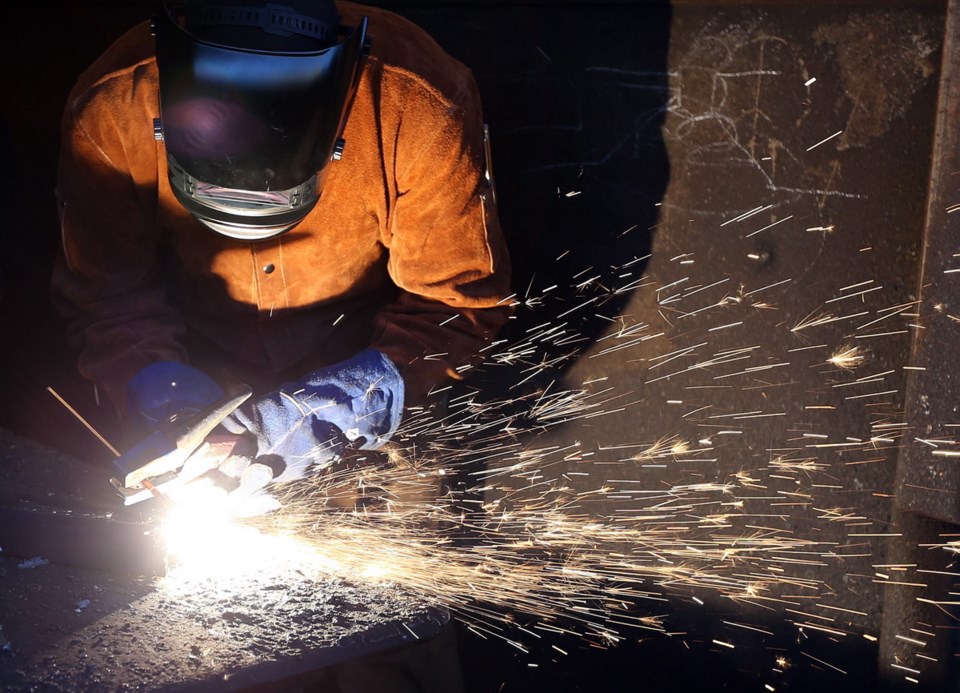Vancouver Island’s construction industry is trying to lure tradesworkers home before an expected labour crunch hits in about six months when major projects gear up.
No one know how many people have left the Island to work in Alberta’s oilsands, in northern B.C., Kitimat, or the Yukon but there are plenty of tales of workers chasing the money.
Greg Baynton, Vancouver Island Construction Association chief executive officer, expects demand for workers will take off within months.
That’s why the association is developing its own job board, to be rolled out early 2015.
It is partnering in construction workshops in Campbell River starting Oct. 20, and working with the B.C. Institute of Technology to offer a construction leadership program beginning Oct. 15 in Victoria.
“Activity in the Campbell River area has been strong. In the Comox Valley, it is picking up noticeably. … You can feel the energy happening,” Baynton said Monday.
“My sense of it is, it is not critical yet,” he said. “That can change quite quickly. But we are still in the early stages.”
Construction started this month on two new North Island hospitals, one in the Comox Valley and one in Campbell River; the work will continue into 2017. Planners anticipate the $606-million project will create about 1,900 direct jobs and about 1,400 indirect jobs during construction.
The $1-billion John Hart Generating Station replacement near Campbell River will see the number of workers on site increase to 200 by the end of this year and peak at 340 in 2016, B.C. Hydro says. Add other expected developments into the mix and that’s why the construction industry is worried about getting enough workers.
Booming areas can see workers earn at least 50 per cent more than typical wages, which are often close to $30 per hour, Baynton said.
In busy regions, many workers live in camps, where food and board is included and flights in and out are among the incentives.
Trades being sought include electricians, boilermakers, pipefitters, welders, and carpenters, Baynton said.
In Greater Victoria, the construction market is coming out of a recessionary time and there has not been a lot of movement in wages, he said.“I think there is some pressure starting to emerge on those to come up.”
Attracting and retaining workers is a “combination of steady employment and the right income,” he said.
The Island’s construction sector is hoping that Vancouver Island’s quality of life will also help bring people home.
Labour shortages can arise if projects are doing the same tasks at the same time. For example, if they are all pouring concrete, rebar workers, form workers, and carpenters will be in demand.
“So a lot of it depends on timing as much as the volume of work,” Baynton said.



